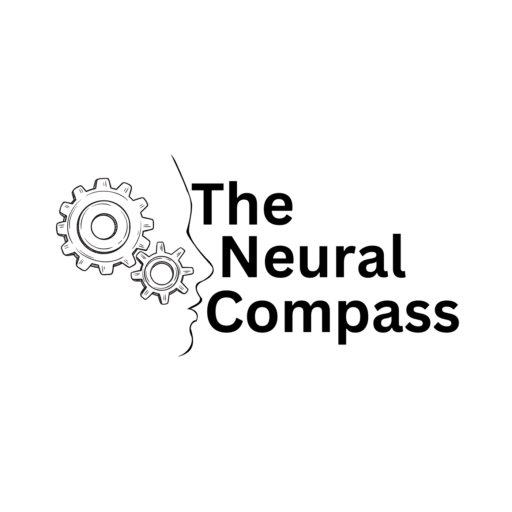Fortifying Your Cyber Defenses: Best Practices for Protecting Employee and Applicant Data
As the cyber landscape continues to be a haven for hackers and criminals, it’s paramount that businesses take proactive measures to safeguard their applicant and employee data in addition to protecting their customers’ data. With cybersecurity attacks on the rise, companies must be sure they have put suitable safety protocols in place.
The Federal Trade Commission’s (FTC) most recent report documented a worrying triple-digit increase in employment and tax-related fraud cases. This, along with the 1.4 million identity theft reports the FTC receives yearly, makes it clear that online scams and fraud are a major problem today. Applicant and employee data is a valuable target for hackers, as it can be used to commit fraud or even sold on the dark web at prices that can go as high as $1,000 per record.
Best Practices for Securing Applicant and Employee
Attackers who breach your security system are potentially opening themselves up to a substantial financial reward, making employee and applicant information an especially vulnerable asset. So, what can your organization do to keep cyberattacks at bay? How can IT and HR teams work together towards securing employee and applicant data? The following are some tried-and-true tactics you could employ:
Implement strong access controls, including two-factor authentication
This helps ensure that only authorized personnel can view and access data. It also prevents unauthorized personnel from having inappropriate access to confidential information and safeguards data against malicious cyber attacks.
Ensure all employee and applicant data is encrypted when storing or transferring it over the network
Encryption is essential in safeguarding data stored or transferred over the network. It ensures that even if the data is ever intercepted, it cannot be accessed or understood by those without encryption keys.
Elsewhere on The Neural Compass: The Intersection Between AI and Cybersecurity. This article discusses the transformative impact of AI on cybersecurity, highlighting AI’s role in enhancing threat detection, response capabilities, and predictive analytics.
Establish clear policies on how to store and handle sensitive information and enforce these policies through regular audits and reviews
Establishing clear policies on how to store and handle sensitive information helps protect against unauthorized access or misuse of sensitive data. These policies should specify who has access to which type of information, how long the data should be stored, and what processes should be followed for secure destruction once it’s no longer needed. Regular audits and reviews help ensure these policies are being followed correctly.
Create a secure environment for hosting applications with proper security measures in place
Creating a secure environment for applications includes:
- Taking measures such as imposing firewalls.
- Running anti-virus software.
- Using proper patch management for systems.
- Deploying intrusion detection solutions at regular intervals.
This helps reduce the risk of malicious activities from external sources.
Educate staff on basic security principles regarding emails and links
This is crucial in protecting your organization against phishing attacks or malicious activities via email or social media platforms. All staff must understand the risks of opening emails from unverified sources or clicking on suspicious links.
Work with third-party vendors to make sure they have adequate security measures in place to protect any data shared with them
This is critical in protecting any data that your organization shares with them. Such measures should include conducting a thorough background check on any vendor before sharing confidential information with them and regularly assessing their security performance to ensure they follow cybersecurity best practices.
Conclusion
Employee and applicant data is a valuable asset that cybercriminals can target. Organizations need to have robust security measures in place to protect this data from malicious actors. Some of the best practices outlined here can go a long way in safeguarding employee and applicant data. Keeping up with the latest security trends is also essential in preventing potential cyber threats. By taking proactive steps to protect your organization’s sensitive information, you can be sure that it is kept out of the hands of cybercriminals.

